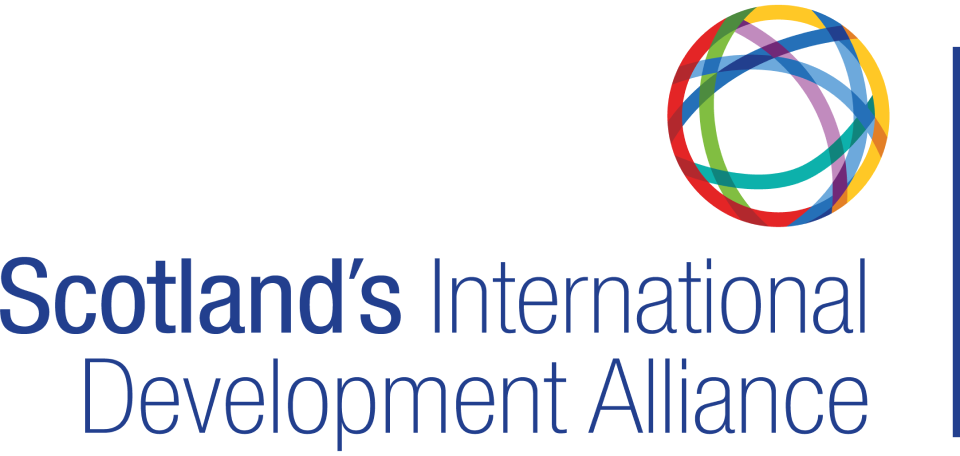This page and the report below summarises the concept of policy coherence. For our previous reports on this issue, please click on the relevant links further down the page.
The report – Improving Policy Coherence in Scotland – aims to bring together civil society and Government to make Scotland a leader in its approach to sustainable development.
It asks all of us – government officials, politicians and civil society – to think systematically and encourages a collaborative approach to policy development.
What is Policy Coherence?
Policy Coherence is about different parts of government (or society more broadly) working together to find the most effective outcomes. It is about identifying common goals while ensuring the work of one part does not undermine the work of another.
You might think that different parts of governments are already doing this on a day-to-day basis this given their wide-ranging responsibilities and activities. In practice though, it is often not the case, and exactly for that same reason – their wide-ranging responsibilities mean tensions and contradictions are more likely between different divisions and interest groups.
For example, giving subsidies to a specific industry, such as farming or fishing, may help create jobs, but it may also negatively affect environmental conservation. Equally, a government may decide to invest in renewable energy to increase climate action, but in doing so could negatively affect employment without proper consideration of how and when it invests. At an international level, trade policy may assist industry in one country while impacting negatively on people’s livelihoods and the environment elsewhere in the world.
So, while some trade-offs may be unavoidable, policy coherence is about making sure that intended and unintended outcomes of any decision are well thought through.
When we are required to consider multiple problems at once, these tensions and contradictions appear much more frequently, and working together for everyone’s benefit becomes much more difficult.
Policy coherence is therefore about finding systemic approaches to working together.
It’s about thinking outside our immediate realm of influence, to consider whether and how our actions might impact elsewhere and into the future.
It’s about trying to find the optimum solutions to ensure our actions don’t undermine one another.
It’s about joined-up thinking.
Why is it important?
If we want to prosper into the future, policy coherence is the only approach we can take. It stops short-termism blinding us from future problems. It forces us to think globally, while acting locally. It helps us connect the dots between ourselves, the communities we live in, as well as people nationally and internationally, and the planet.
Dealing with the monumental challenges of our time requires us to think holistically about local problems and crucially, see their connection to broader global issues. Making real progress on solving challenges such as poverty and climate breakdown will require us to change our approach and become better at working together.
Policy Coherence at its simplest is about just that – making sure that actions taken by one part of government, or other sectors within society, do not undermine the positive actions taken by others; and preferably, support and reinforce one another.
For the international development sector, the concept of Policy Coherence for Development (PCD) emerged from the realisation that non-aid policies of donors affect developing countries and should not distract but rather be supportive of international development goals.
However, the advent of the UN Sustainable Development Goals (SDGs) in 2015 shifted the concept of PCD from solely an international development one, to a universal one. What was once solely about how domestic policies affect outcomes in developing countries, now extends to how any policy, domestic or otherwise affects sustainable development outcomes everywhere, both now and into the future.
There is now a commonly accepted definition that is vital to achieving both domestic and international sustainable development outcomes:
“An approach and policy tool to integrate the economic, social, environmental and governance dimensions of sustainable development at all stages of domestic and international policy making.”(OECD, 2019)
Given the complex interconnections between economic, social and environmental challenges that the SDGs aim to address – as well as their multiple global-domestic linkages – policy coherence takes on a whole new dimension.
What’s happening in Scotland on this issue?
In 2013-14, SIDA produced two, comprehensive reports on Policy Coherence for Development (PCD). These reports were:
Both these reports made a number of recommendations, most of which are still valid today.
Since then, the Scottish Government has repeatedly committed to improving policy coherence and has been working with the Alliance and its members on a number of thematic issues related to policy coherence.
In September 2019, then Ben Macpherson MSP, Scottish Government Minister for Europe, Migration and International Development announced that a new Inter-Ministerial Group will take forward the Scottish Government’s commitment to policy coherence for sustainable development. This has been a key recommendation to help improve policy coherence in Scotland for a number of years.
After some delay, the Ministerial group met in June 2022.
For this group to be purposeful, a variety of voices and stakeholders from a range of different sectors should aim to influence its agenda. Get in touch with us to get involved with this work.
